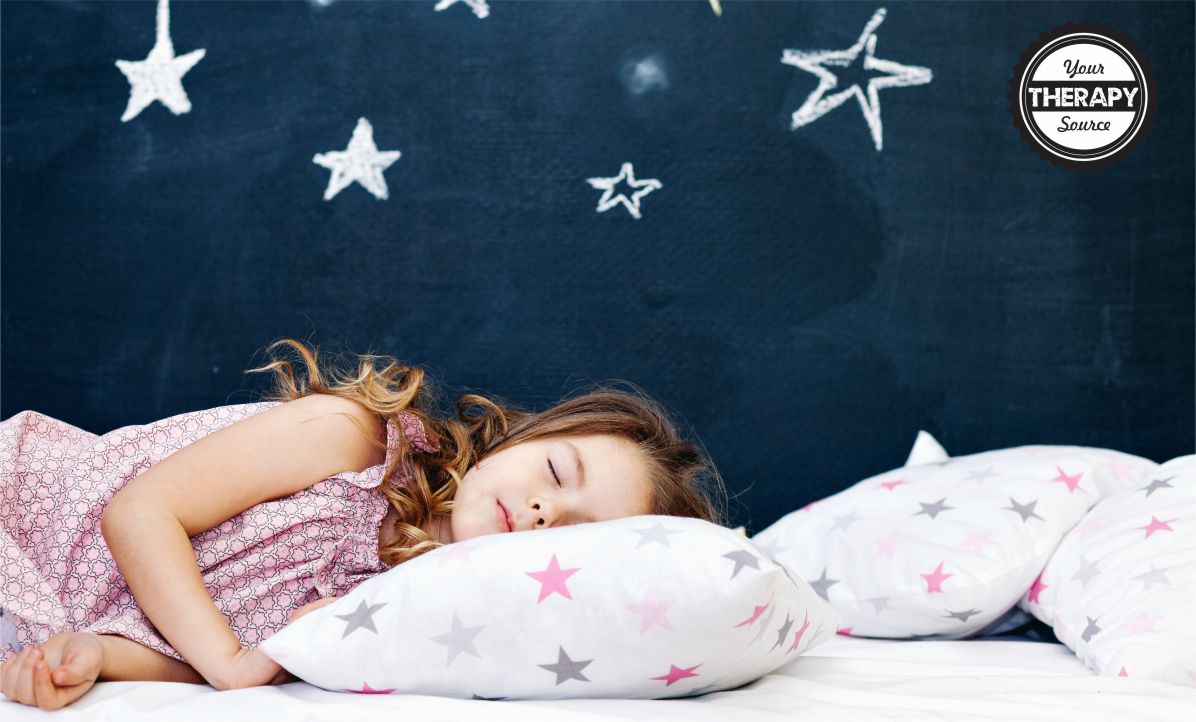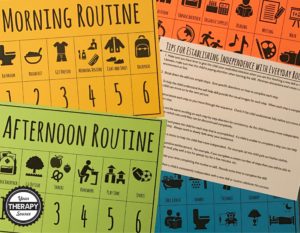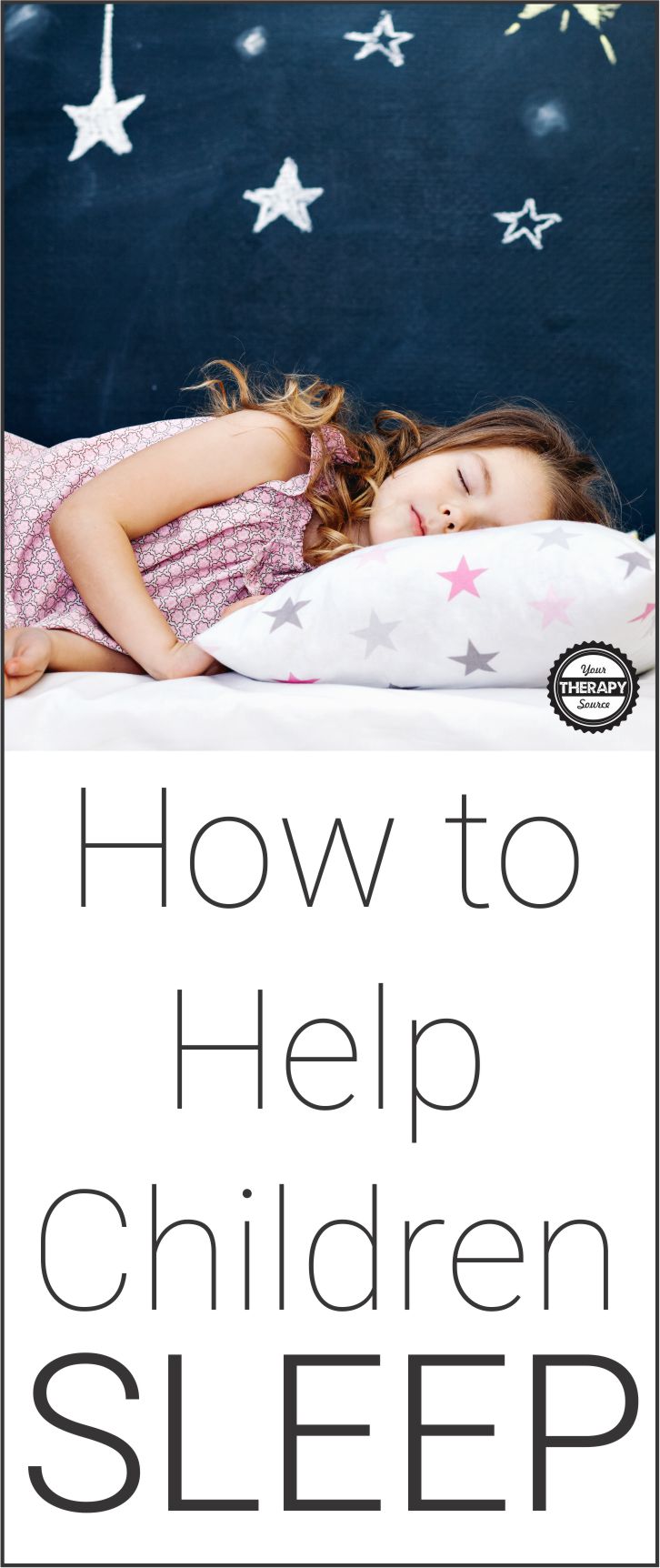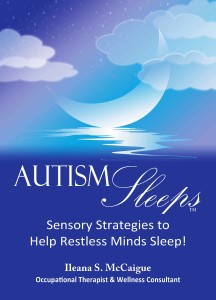How to Help Children Sleep

With the start of school, it is crucial that children get back into a regular sleep routine. Here are a few suggestions on how to help children sleep. Children can focus and learn better after a good night sleep. One of the easiest ways to accomplish a regular sleep schedule is to follow a daily routine. Not only will a daily routine help your child, it helps parents to set the stage for a good night’s sleep, so both parents and children will wake up refreshed and ready to start another happy and productive day.
The Benefits of a Daily Routine for Children
Children benefit from structure. They learn what to do and when to do it. They learn how to do things, like brush their teeth, get dressed, solve math problems and so on. At school children have a routine by following the consistent daily school schedule. Routines help them know what to expect and enable them to feel safe and secure. Regular meal times and regular bedtimes are two of the most helpful ways to schedule your child and keep them happy and healthy.

How Much Sleep Does Your School-Aged Child Need?
Before we talk about a sleep schedule and sleep routine, it is important to know how much sleep a child needs, and why. A general rule of thumb is that if your child is attending school, they need ten to eleven hours of sleep per day, preferably all at night rather than naps. As children get older naps are hard to provide during a school day, and they can disrupt a regular night’s sleep pattern.
There are two stages of sleep: rapid eye movement (REM) and non-rapid eye movement (NREM). Both are important, but REM is considered to be the most healthful and rejuvenating, allowing people to not feel sleep deprived and to therefore put in a good performance every day.
Children enjoy about 30% REM sleep in a 90-minute cycle throughout the night. But if they do not sleep long enough, or deeply enough, they can start to become sleep deprived.
Signaling It Is Time for Sleep
A predictable daily routine will help signal it is time for sleep. Dinner, homework, and reading time all show it is time to wind down at the end of the day and relax.
The trouble is that when we get busy, these routines can start to suffer, with rushed meals grabbed on the go, too much homework, and the addictiveness of “just 5 more minutes” on a game that turns into another 30 minutes or more.
A bedtime routine should include:
- getting into pajamas
- brushing teeth
- reading
- any other preferred, quiet activities i.e. gentle massage, bath time, lavender scents, lotion, etc.
The above suggestions can help a child to wind down and get ready for sleep time.
There should be no media in the room. Reserve the bedroom for sleep. Cut down on clutter so they are not distracted. Make sure the bedding is comfortable and the room at the right temperature. If the long days of summer prevent your child from falling asleep at their regular time, try dark or blackout curtains.
Keep Up the Routine Every Day
It is okay to relax it a bit once in a while, but in general, try to stick to the same routine every day, even on weekends and vacation. This will cause less confusion to your child’s “body clock” and make bedtime less of a battle.
Would you like a handout version of this blog post on How to Help Children Sleep? Sign up to receive the Your Therapy Source email newsletter and you will be redirected to the download.
Read More on the Benefits of Routines and Sleep for Children
Daily Routine Visual Schedules digital download includes 70+ picture icons for Morning Routines, School Routines, Afternoon Routines and Evening Routines. The pictures are suitable for all ages.

Interoceptive sensory strategies to induce sleep
Get more sensory strategies to help restless minds sleep in Autism Sleeps™. This is a thorough resource of sleep sensory strategies and suggestions for preparing the “sleep environment”. Sample bedtime and wake-up routines are provided as templates, especially to guide parents of children with sleep difficulties. Also includes checklists to identify which of the six sensory area(s) are impacted by poor sleep. A menu of sensory strategies in each of those affected areas is available for use in preparing a person to sleep, stay asleep and transition to wake up. Additionally, a diary and graph are available for logging the impact of the strategies implemented to determine those that are most effective in helping restless minds sleep. FIND OUT MORE.
10 Tips to Teach Children Self Help Skills
Sleep, Bedtime Routines, Anxiety and Autism
10 Tips to Help Children with Toileting
Important Information Children Should Know
Teach Life Skills to Learn Responsibility and Independence




